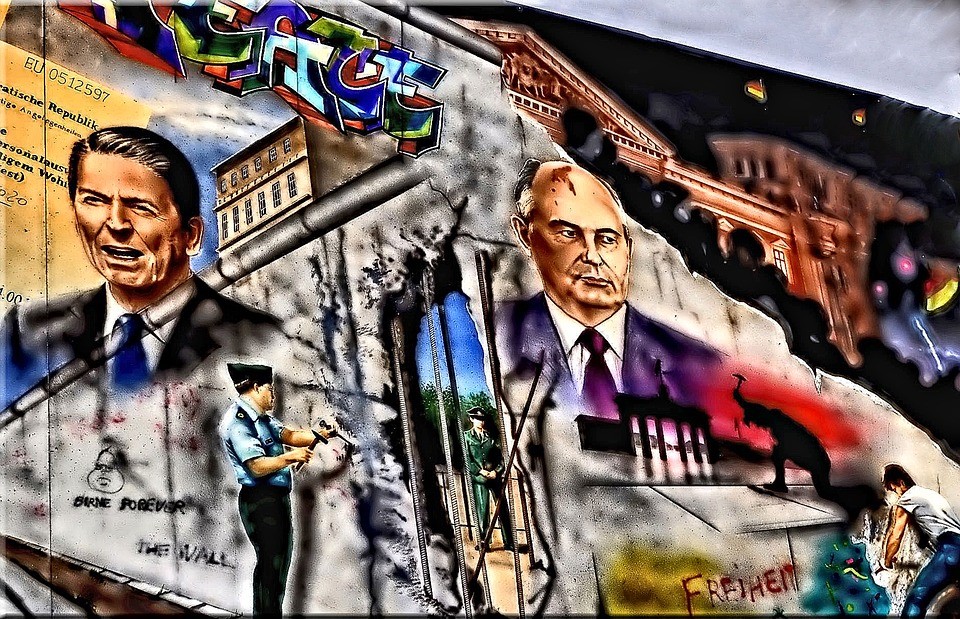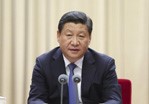Fear can be a positive motivator driving people to go beyond their comfort zone to achieve great success.
In August 1762, Ben Franklin wrote a letter to Lord Kames in which he said: “…I am going to a Country and a People that I love. I am going from the old World to the new; and I fancy I feel like those who are leaving this World for the next; Grief at the Parting; Fear of the Passage; Hope of the Future….” Franklin had good cause to be concerned about traveling the Atlantic in a small, wooden sailing ship. Fear is not the same as paranoia.
The latter is characterized by systematized delusions and the projection of personal conflicts, which are ascribed to the supposed hostility of others.
For some, such as Vladimir Putin, paranoia can progress to disturbances of consciousness and aggressive acts. Today we are witnessing the Russian president, who believes he is performing acts of self-defense or is on a mission for the Russian Motherland, commit crimes against humanity in Ukraine. His excessive suspicion of the motives of others, and of other nation-states, has led him beyond a fear of treacherous waters into a state of true paranoia.
Putin does not trust those around him, and he cannot tolerate criticism, especially when it comes from a renowned foreign policy analyst such as Janusz Bugajski. Born in 1954 in Cheshire, England, Bugajski has had a long and prestigious career on the BBC and Radio Free Europe, as a military and political analyst, and he has written about two dozen books on Eastern Europe and Russia. Currently he serves as a senior Fellow at the Jamestown Foundation. Bugajski’s latest book, released this spring, caught Putin’s attention. It is entitled: Failed State: A Guide to Russia’s Rupture.
In August the Russian Defense Ministry’s television channel, Zvezda, dedicated a full 30-minute segment to attacking Bugajski’s book in an attempt to discredit him and reveal his alleged agenda to destroy Russia. In a press release from the Jamestown Foundation this week, it pointed out that “The program even goes so far as to characterize Bugajski’s and other analysts’ work as the latest recurrence of ‘Nazi policies.’” It is not the first attack on a Jamestown Foundation fellow. The Kremlin has targeted a number of other Jamestown commentators.
Earlier this year, Senior Fellow Margarita Assenova was placed on a sanctions list by the Kremlin. Putin does not support free speech when he believes it threatens him. This week distinguished senior fellow Paul Goble, from the same foundation, was banned by Moscow from staying in Russia. Goble expressed his feelings, saying that “As ‘the real father’ of the League of Free Nations of Russia and its calls for the decolonization of Russia, as well as now being subject, by order of the Russian Ministry of Foreign Affairs, to a lifetime ban from staying in Russia, I can testify that I take pride in this and have received messages of congratulations from far and near. How could it be otherwise as I received my ban along with distinguished American scholar on Central Asia [and strong supporter of Jamestown], S. Frederick Starr.”
A statement from the Jamestown Foundation released this week said that “Ironically, rather than delegitimize the work of Bugajski and others, Moscow’s assaults on Jamestown’s analysts have backfired in providing free and expanded coverage of their work throughout Russia and its near abroad. With the Zvezda television program, the Russian Defense Ministry in fact attracted far more attention to Failed State than ever before.” Putin’s paranoia must be deepening. Bugajski’s book suggests that paradoxically, “while Vladimir Putin assumed power to prevent Russia’s disintegration, he may be remembered as precipitating the country’s demise. New territorial entities will surface as Moscow’s credibility crisis deepens amidst spreading ungovernability, elite power struggles, political polarization, nationalist radicalism, and regional and ethnic revivals.” He points out that the emerging states will not be uniform in their internal political and administrative structures. Border conflicts and territorial claims are likely between some entities, he argues, while others may develop into new federal or confederal states.
Bugajski concludes that the US must develop an effective strategy for managing Russia’s rupture by supporting regionalism and federalism, acknowledging sovereignty and separation, calibrating the role of other major powers, developing linkages with new state entities, strengthening the security of countries bordering Russia, and promoting trans-Atlanticism or trans-Pacificism among emerging states. Rebekah Koffler, a Russian military analyst and author of Inside Putin’s Mind, says that when cornered, Putin can be expected to “fight to the death like a cornered rat.” As the situation evolves in Ukraine, the world may see a treacherous and paranoid leader taking even more drastic measures if the war in Ukraine goes badly for Russia. To date he has shown no indication that he is willing to negotiate a settlement.
Daria Novak served in the U.S. State Dept.
Photo: Russian Govt. official site






